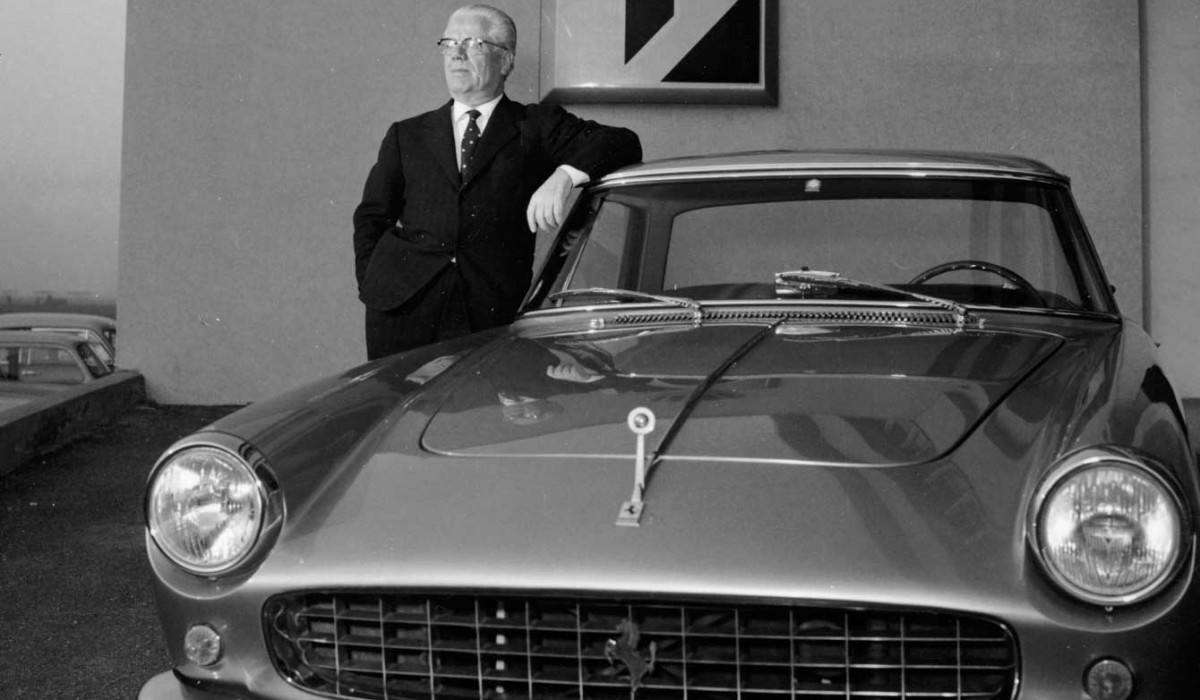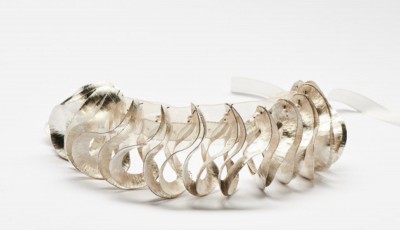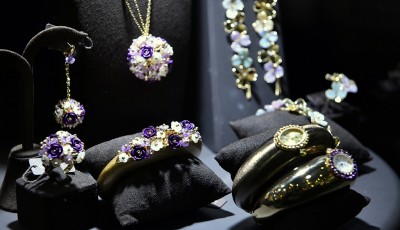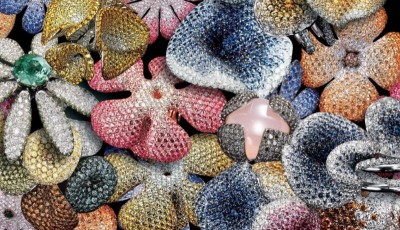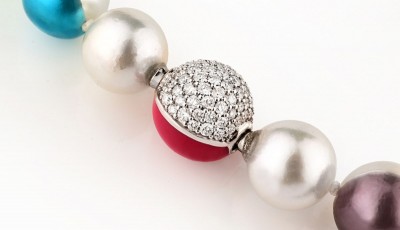Pininfarina’s dream
This company has designed the most stunning and incredible cars and reinvented the world of design by creating visually captivating everyday objects.
For the past three generations Pininfarina’s dream has seduced beauty- lovers and turned them onto the pure perfection of Italian style ·
Words Fabio Schiavo
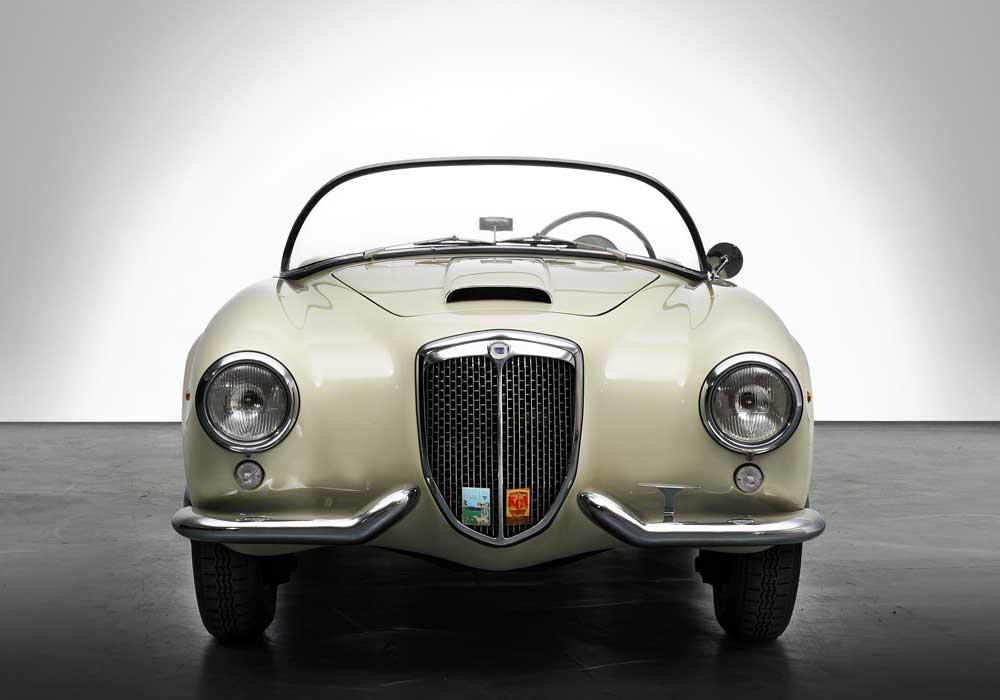 Lancia Aurelia
Lancia Aurelia
A legend, eleven letters. Pininfarina. And that’s it. Or maybe it would be more exact to say five: simply Pinin – which means ‘little’ in the Piedmont dialect – that was Battista Farina’s nickname, the founder of one of the most famous brands in the world, a brand which enjoys legend status, where reality and fiction mix and become one, forever faithful to his pursuit of beauty. A certain style which Pininfarina – he changed his surname from Farina to Pininfarina by deed poll in 1961 – as from 1930, when he launched his company (Società Anonima Carrozzeria) on Corso Trapani, Turin, has always remained true to, thus becoming the best ever representative of Italian style around the world. He enjoyed resounding success right from the start. At the Paris Car Show in 1930 Pinin unveiled Lancia models, Alfa Romeo, Isotta-Fraschini, Fiat, while the first custom-built car produced by Pinin Farina, the Lancia Dilambda, took part in the Concorso d’Eleganza at Villa d’Este in 1931. Success was the order of the day during that period: the Hispano-Suiza Coupé and the Fiat 518 Ardita. Other legends on wheels quickly followed, the limited edition Lancia Astura convertible. This exclusiveness allowed him to proudly write in one of the very first advertising announcements: ‘We build highly- luxurious, luxury cars’. And so began production of cars destined for royal families, diplomats, Maharajas, as well as the odd Sheik in the Middle East who had started to make money from oil. Pinin remembered: “In September I sold a convertible Dilambda spider to the Queen of Romania; my client portfolio began to resemble a small who’s who.”
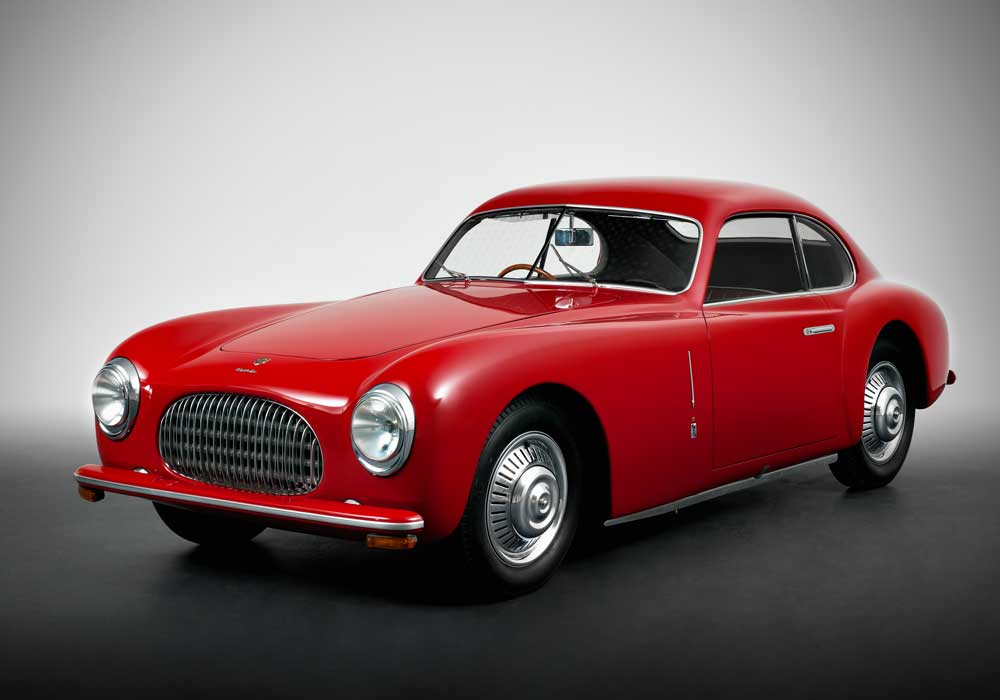
· Pininfarina, a name which also has the power to captivate the film world. One such example is the magnificent Spider 1600 Alfa Romeo duetto, launched in 1966, which seduced and inspired millions of people, such was its iconic status that in 1967 it played a supporting role in The Graduate with a very young Dustin Hoffman. Pininfarina style had, however, already conquered the US in 1951 with another two-seater spider: Sabrina, directed by Billy Wilder and starring Audrey Hepburn, William Holden and Humphrey Bogart, featured a Nash Healey Spider. This car, only 300 models of which were produced, was unveiled the same year at the Paris Motor Show, and was designed and built in Italy specifically for the American market. Another example of sheer beauty, the perfect blend of class, elegance, balance and formal clean lines, arrived three years later, in 1954: the Lancia Aurelia B24 S, ‘the custom-built mass-produced car’, an essential element of The Easy Life by Dino Risi, with Vittorio Gassman and Jean-Louis Trintignant cruising along the Via Aurelia. Many of the 761 models that were produced went straight to the US.
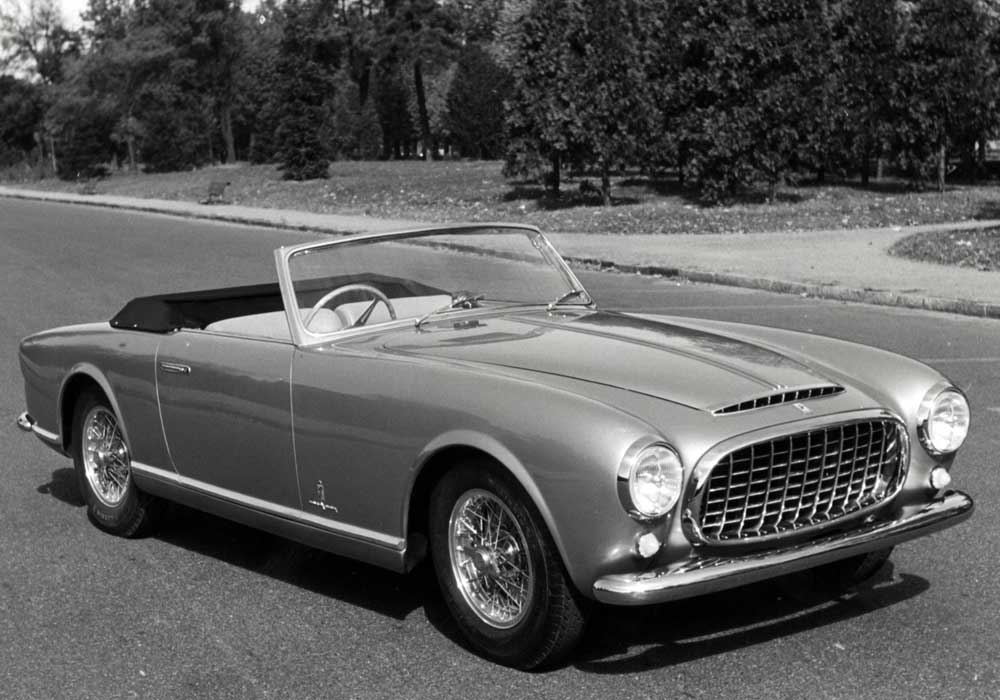 Ferrari
Ferrari
· But when one says the Pininfarina name, Ferrari immediately springs to mind. The coming together of two geniuses. It was an almost impossible challenge between ‘Drake’, as Enzo Ferrari was known, who wanted to create dreams, not cars, and Pinin, who had turned design into an art form. An entirely Italian success, with its origins in a remote agricultural area crushed by the ravages of war, the brand became famous thanks to expensive racing cars with elegant, harmonious lines which were so fluid they appeared to fly along the tarmac. “Ferrari and Pinin? It didn’t last. It was like trying to put two prima donnas in the same opera.” That’s what people were murmuring in the car world in the early Fifties. But then, a miracle took place. In 1951 Ferrari made it known that he wished to meet Pinin and invited him to Modena. Pininfarina answered: “I would be more than happy to meet him, but I’d like him to come to Turin first.” They tell him that Ferrari hardly ever leaves Maranello and so he’ll have to make the first move. Stalemate. Negotiations appeared to have ground to a halt. However, Pinin’s son, Sergio, found a solution to the problem: have the meeting halfway between Modena, on neutral ground. The location? A restaurant in Tortona. Pinin put Sergio in charge of the Ferrari projects as well as communication between the two companies and their respective technical offices. Very soon after, in 1951, the Ferrari 212 was launched, then the 250 GT and then in 1959 the simply incredible 250 GTO Short Wheel Base, the archetype of the technical-aesthetic development process between Ferrari and Pininfarina, a seamless blend of sporty design and timeless elegance. It made its debut at the Paris Motor Show and went into production two years later, two hundred models were made. Then came the 365 Daytona, the 308 GBT, the 400I and the Ferrari Modulo concept car in 1970.
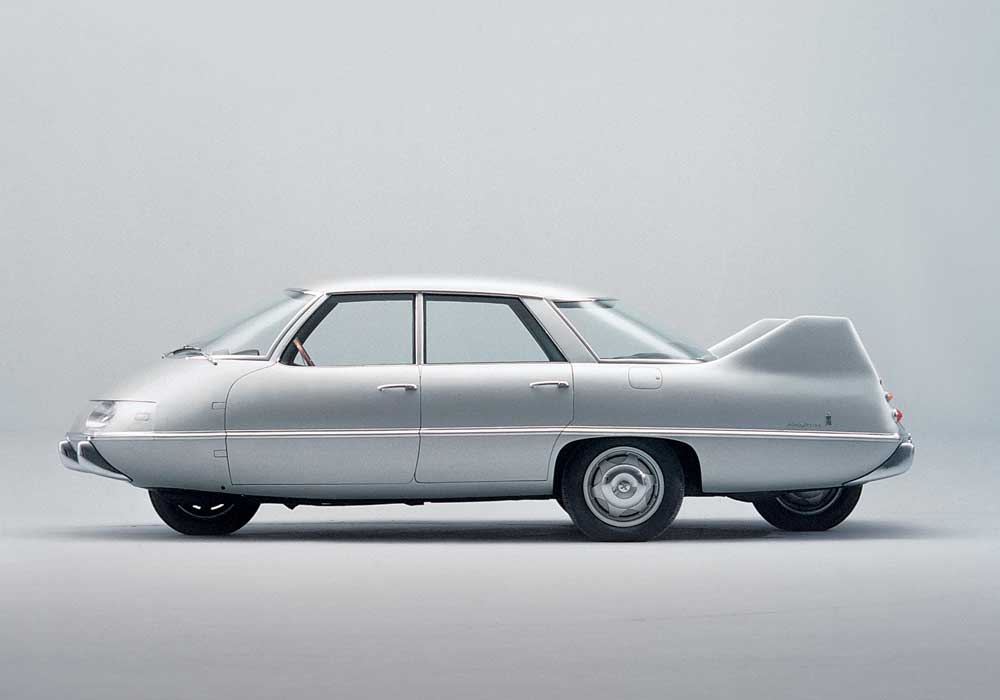
The creative flow never stopped, bringing together craftsmanship and the future, perfection and automobile-design technology, such as the 4-door Maserati, in 1963 and the incredible projects such as PFX, the first ever Pininfarina X concept car, a perfect fusion of scientific research with original, revolutionary lines. Then there was the futuristic design of the Rondine Chevrolet Corvette in 1963 and the Pininfarina Sigma presented the same year, the chassis had fourteen safety features, eight of which would go on to be applied in mass automobile production in the future. Always in step with the times and anticipating new trends, the most famous factory in Italy, this small-scale artisanal business specialised in custom-built cars for wealthy private clients, managed to take that gigantic step forward, and progress from the original premium-quality constructions of the Thirties to the international success of the breathtaking Ferraris and Maseratis. Then in 1966 its original founder died and his son Sergio took control of the company and created the elegant convertible Peugeot. Towards the end of the Seventies environmental issues caught his attention and the company began work on the first eco-friendly electric vehicle, it was called Ecos, the name itself was a declaration of his vocation. In the early Nineties the original idea was transformed into the Ethos macro-project (Ethos, Ethos2 and Ethos3), a family of three vehicles featuring an aluminium space frame, a recyclable resin chassis, an innovative thermic engine with low emissions, which led to the zero-emissions Ethos 3EV in 1995. The next development was the hybrid vehicles called Eta Beta and Metrocubo with their modular interior and compact size, they later became reality in the shape of the Pininfarina BlueCar and the Nido EV: the first was designed for moderate distances, as well as for journeys on the open road, the latter, on the other hand, was designed for short journeys in the city, it was awarded the Compasso d’Oro in 2008. This city car is totally green: ecological tyres designed by Pirelli, an entirely environmentally-friendly battery thanks to the absence of toxic, polluting chemical substances, furthermore it is 100% recyclable.
· An automobile dream which celebrated its 85th anniversary at the 2015 Motor Show in Geneva, the Pininfarina stand presented one of the six examples of the Ferrari Sergio, a roadster which celebrates the spirit and values of Pininfarina on the anniversary of a 60-year-long professional collaboration with the Prancing Horse. It was originally designed as a celebration of Senator Sergio Pininfarina and was unveiled at the Geneva Motor Show in 2013. Then, how can one forget the
Maserati Gran Cabrio, an aerodynamic miracle, a triumph of space, beauty and femininity, a car which would drive even the likes of Samantha and Carrie wild, and perhaps they might even request one in a new version of the Sex and the City film instead of yet another enormous wardrobe or the iconic Manolo Blahniks or Jimmy Choos. And if we go back to the very beginning we find the
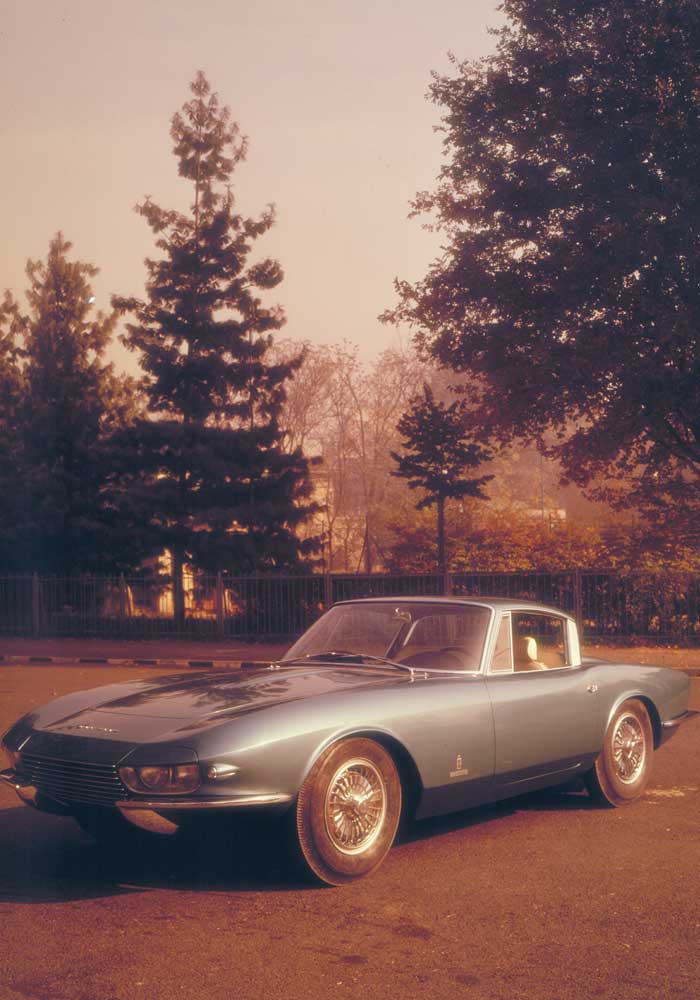 Chevrolet Corvette
Chevrolet Corvette
aerodynamic Alfa Romeo 6C Pescara Coupé, presented at the Milan Motor Show in 1935 and the Aerodynamic Lancia Aprilia, a sports saloon which was revolutionary from a technical and formal point of view. Then there was the Lancia Aprilia Bilux, the first to be produced at the end of the Second World War, and the 1947 Cisitalia 202 Berlinetta, designed by the patriarch Pinin himself, so utterly beautiful and innovative that Arthur Drexler described it as ‘sculpture in motion’, no coincidence then that it was the first car to enter the permanent collection on display at the MoMA in New York. Again, just to mention a few more names of the many that resulted from the flow of creativity, there is the Fiat 124 sport spider, 200 thousand examples were built in 1966, needless to say it was a roaring success in the US. The Cadillac Allanté was a luxury convertible from 1986 – Pinin supplied Detroit with the complete chassis by means of a special airlift organised by Alitalia, based in Caselle (Turin) – and the Mythos prototype, unveiled at the 1989 Tokyo Motor Show won the 1990 Car Design Award.
· But it’s not all about cars, as Pininfarina has also successfully designed everyday objects, projects for interior design, sailing and the aeronautical industry. Examples include the Sirio telephone for Italy’s Telecom, the automatic Lavazza coffee machine for offices; the mineral water bottle for Lauretana as well as the rigid suitcase trolleys designed for Bric’s. These are all exciting, elegant objects, just like the Olympic torch designed for the event in Turin in 2006.
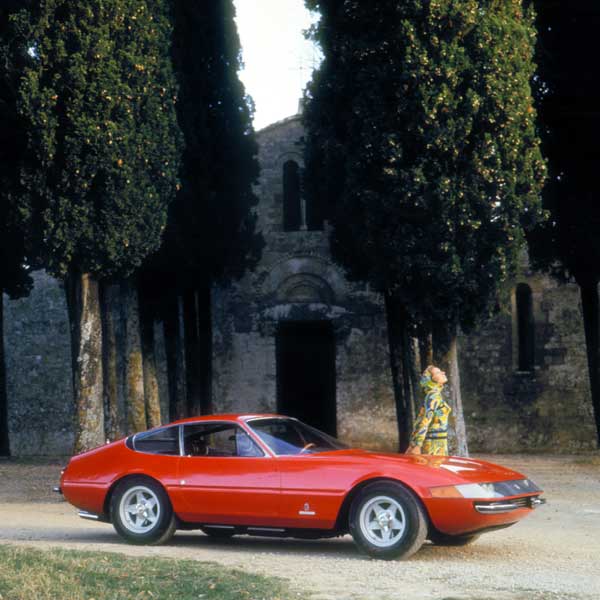 Ferrari Daytona
Ferrari Daytona
« In a world which is so sensitive to financial success, creativity wins the battle with financial gains, because only those who are able to continuously produce innovation can have success »
THE FORCE OF TRADITION
In conversation with Paolo Pininfarina
Since the beginning, in 1930 Pininfarina has always been inspired by creativity and innovation, without ever forgetting the force of tradition. A philosophy which engineer Paolo Pininfarina, son of Senator for life Sergio and grandson of the patron, considers an important value, indeed, he believes it is absolutely essential to corporate life. For the president of Pininfarina S.p.A. group and Managing Director of Pininfarina Extra (which operates in the sectors of industrial design, furniture design, architectural design, nautical and aeronautical design) this is the group’s distinguishing feature, a skill which seamlessly blends cutting-edge futuristic shapes with inventive technological solutions.
Can car design be considered similar to jewelry design?
Automotive exterior design and jewels design may be similar if they generate emotional involvement in the observer.
Is the value purely financial?
Absolutely not. Every single human being has his own concept of luxury, depending on his character, social status, lifestyle and personal desires. For example my most luxury yearly experience is to harvest the grapes in my vineyard at the end of September.
How much is experience and tradition worth?
Innovation is fundamental because brand history and value is made by the addition of continuous innovation. However, after a number of years, tradition makes the difference.
What is luxury?
Il lusso è sinonimo di specialità ed esclusività.
Do you design by hand or with the computer?
CAD acronym is self explaining: design process is strongly ‘aided’ by the computer. However embryonic ideas are always sketched by hand
You have broadened your field beyond cars. What made you decide to do this?
Of course design projects in the most varied sectors of the industry are different. But coherence in the design vision and rigorous attitude in the development make similarities prevalent on differences. This has been our way to gradually consolidate our identity from an automotive to a global design house.
When you hear the roar of an engine belonging to a car from your factory, how do you feel?
The sound of the engine is like a music: 6 cylinder is pop, 8 is rock, 12 is a symphony. When the engine starts and the car is completed the moment is magic; the dream has become true, and reality is better than the dream.
Are you attached to any car in particular, and why?
I am very attached to my personal car, a metallic blue night Ferrari FF, because it was tailored made for me and… it is 12 cylinders! It is a good example of luxury experience.
And which one has given you the most satisfaction?
Recently I have been very glad of the success of the Sergio. The concept car for Geneva 13 was deeply inspired by my Father and his role in the construction of the Ferrari relationship, and the production of 6 units through 2014 has represented an outstanding return back to our roots as a manufacturer of luxury chassis and grand luxury automobiles since our foundation in 1930. The project as a whole has been the best way to celebrate our 85th anniversary.
[ts_row] [ts_one_half] 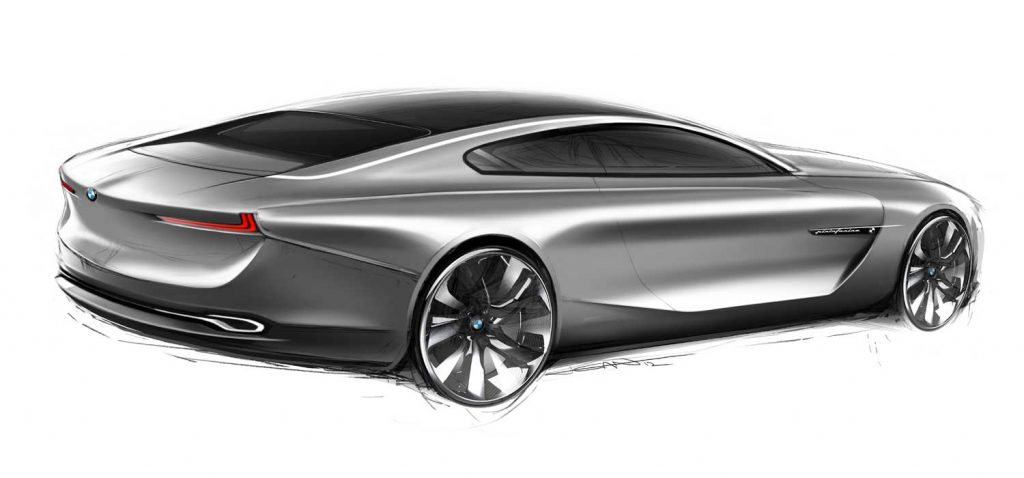 [/ts_one_half] [ts_one_half]
[/ts_one_half] [ts_one_half] 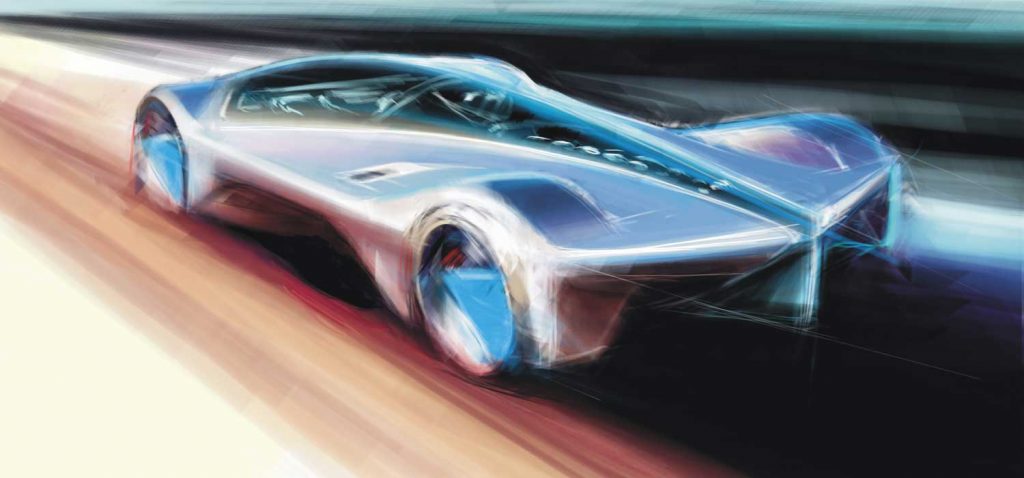 [/ts_one_half] [/ts_row]
[/ts_one_half] [/ts_row]


